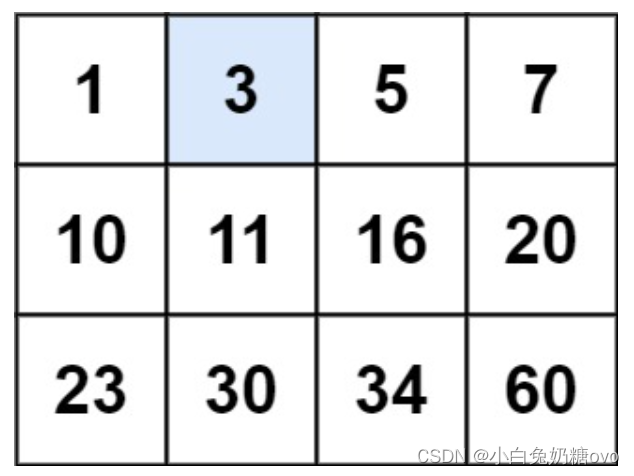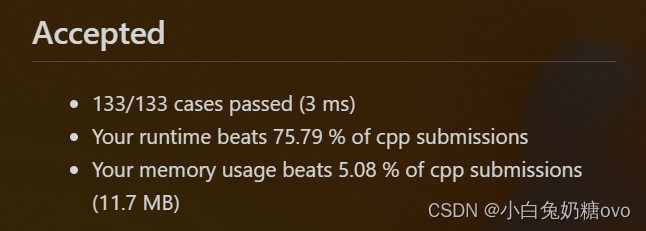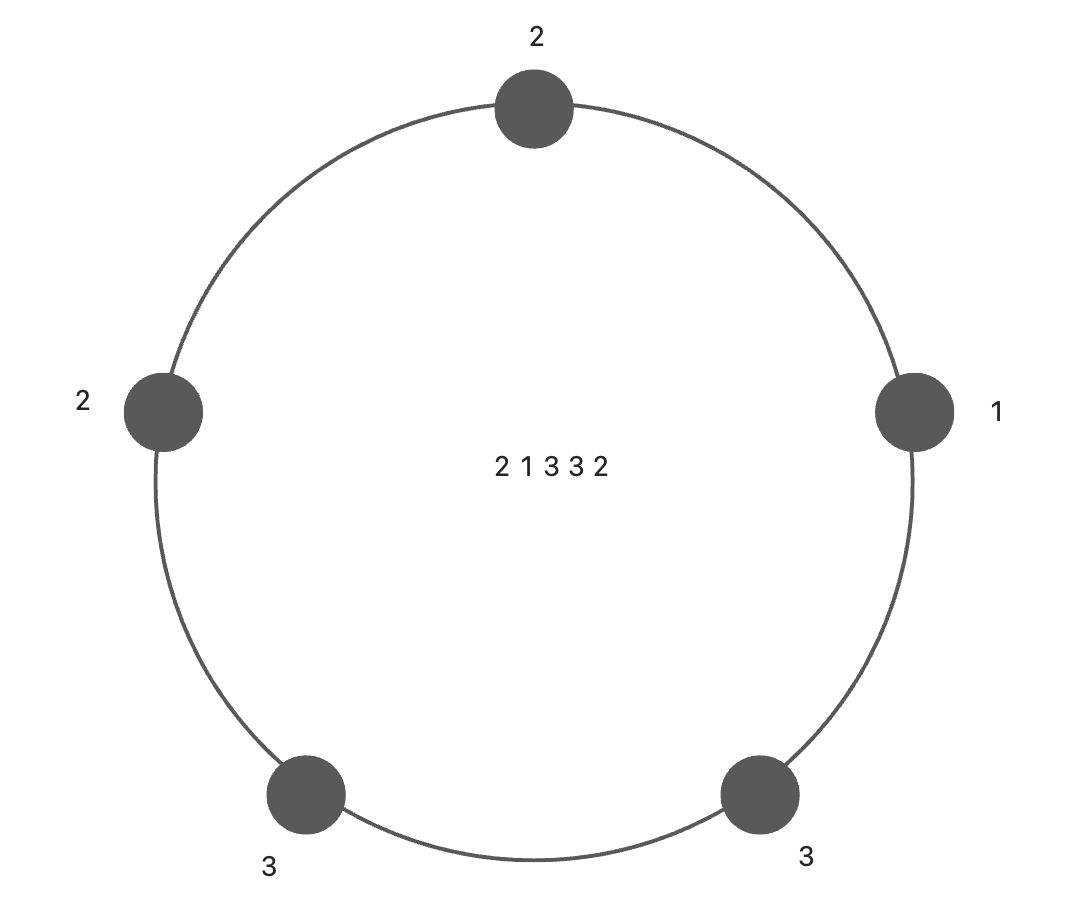本文介绍: 向量的开始迭代器和结束迭代器,定义了一个范围,这个范围包含了。假设范围内的元素是已排序的。是 C++ 标准库中的一个算法,用于在排序的范围中。如果所有向量的第一个元素都不大于。如果所有向量的第一个元素都不大于。中的元素(在这里是一个向量)。是一个迭代器(iterator),它指向。小于向量的第一个元素,否则返回。中的“过去最后一个”元素的位置。所以,这行代码的效果就是找到。,这是一个特殊的迭代器,表示。中第一个其第一个元素大于。中第一个其第一个元素大于。函数返回的就是这样一个。的结果将是未定义的。
You are given an m x n integer matrix matrix with the following two properties:
Each row is sorted in non-decreasing order.
The first integer of each row is greater than the last integer of the previous row.
Given an integer target, return true if target is in matrix or false otherwise.
You must write a solution in O(log(m * n))time complexity.
Example 1:

Example 2:
Constraints:
声明:本站所有文章,如无特殊说明或标注,均为本站原创发布。任何个人或组织,在未征得本站同意时,禁止复制、盗用、采集、发布本站内容到任何网站、书籍等各类媒体平台。如若本站内容侵犯了原著者的合法权益,可联系我们进行处理。






